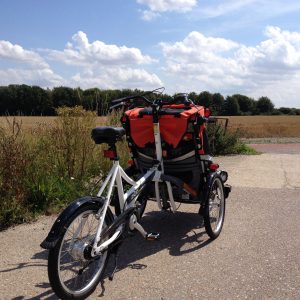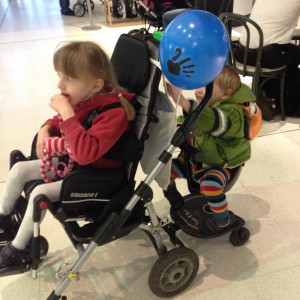Thank you so much to everyone who linked up with my first ever #AccessibilityStories linky last month!
Perhaps it’s a reflection on the circles I move in (the toilet obsessed!), that several of the blogs linked were posts about changing places toilets. A lack of true accessibility and inclusion, affecting so many families (including ours) being able to take part in ‘normal’ activities across the whole country!
Brody, Me & GDD beautifully describes the grim realisation as her boy grows that there is very little toilet provision for older children and adults who need assistance in the loo, and comes to the conclusion that she must do something about it! “We can choose to be affected by the world. Or we can choose to affect it”
Mum On a Mission describes so eloquently the heartbreak of her and her son having to ‘make do’ in an unsuitable ‘accessible’ toilet in The future I’m trying to Change and, on the Selfish Mother, she talks of the struggle of feeling unheard and unvalued, when explaining to business’ how excluded our families are made to feel, in Why are Some Customers More Valued than Others
Ordinary Hopes has written so many amazing posts about how the lack of changing places toilets limits her son’s independence and opportunities. A crucial point she makes is that her son IS continent. Changing places toilets are not only necessary for those who need to change nappies or pads. For her son it’s not an issue of waiting until he gets home to change a pad, or grinning and bearing a pad change in an unsuitable space – he needs the use of a hoist to be able to use the loo. To be able to use the loo like his friends and stay out and have fun, rather than being ruled by his bladder. He is very much aware of this inequality in provision and illustrates this with his lego character Tina. However, some venues do really live up to their inclusive image and this lovely positive post about the Eden Project describes just what a difference that makes!
Little Mama Murphy linked up two posts this month about her amazing home adaptations project! Another issue so close to my heart! ‘Disabled adaptations’ can be such a confusing, limited and expensive process. Many of us watch programmes like DIY SOS and wish the team would miraculously appear and perform an amazing inclusive family transformation of our home. Well Little Mama Murphy has managed just that! With a team of the most brilliant friends and family members, donating their time and skill to carry out the #BigBuild4Hugh! True community spirit!
Rainbows Are Too Beautiful (I love the title of this blog!) reminds us that not all accessibility needs are physical. Sensory issues can make a place inaccessible to many people too, and she describes how her family often have to reccy a venue in advance of visiting as a whole family in Caution at the Aquarium
You can read all the posts linked so far on my Accessibility Stories Pinterest board.
The linky for October is now open and I’m really looking forward to reading some fab posts from friends old and new!
Please read the guidelines and then get linking below (the linky will be open for 2 weeks)!
Guidelines:
- Link up to 2 posts each month (old or new)! I don’t have a badge, but it would be lovely if you could add a text link back to my site so people can find the linky and read the other blog entries
- Please comment on this post to introduce yourself if you’re new to the linky, and comment on some of the other linked posts to help share ideas and experiences!
- It would also be amazing if you could share your post (using the hashtag #AccessibilityStories) on social media to help spread awareness of the issues around accessibility! I’ll also try to retweet as many posts as I can!
- I welcome input from anyone that is affected by accessible design – users, carers, friends and family as well as designers, developers, managers and legislators (so pretty much everyone then!). I welome blogs from professionals and suppliers as well as individual bloggers as long as they keep within the spirit of idea exchange and are not sales posts for products or services.
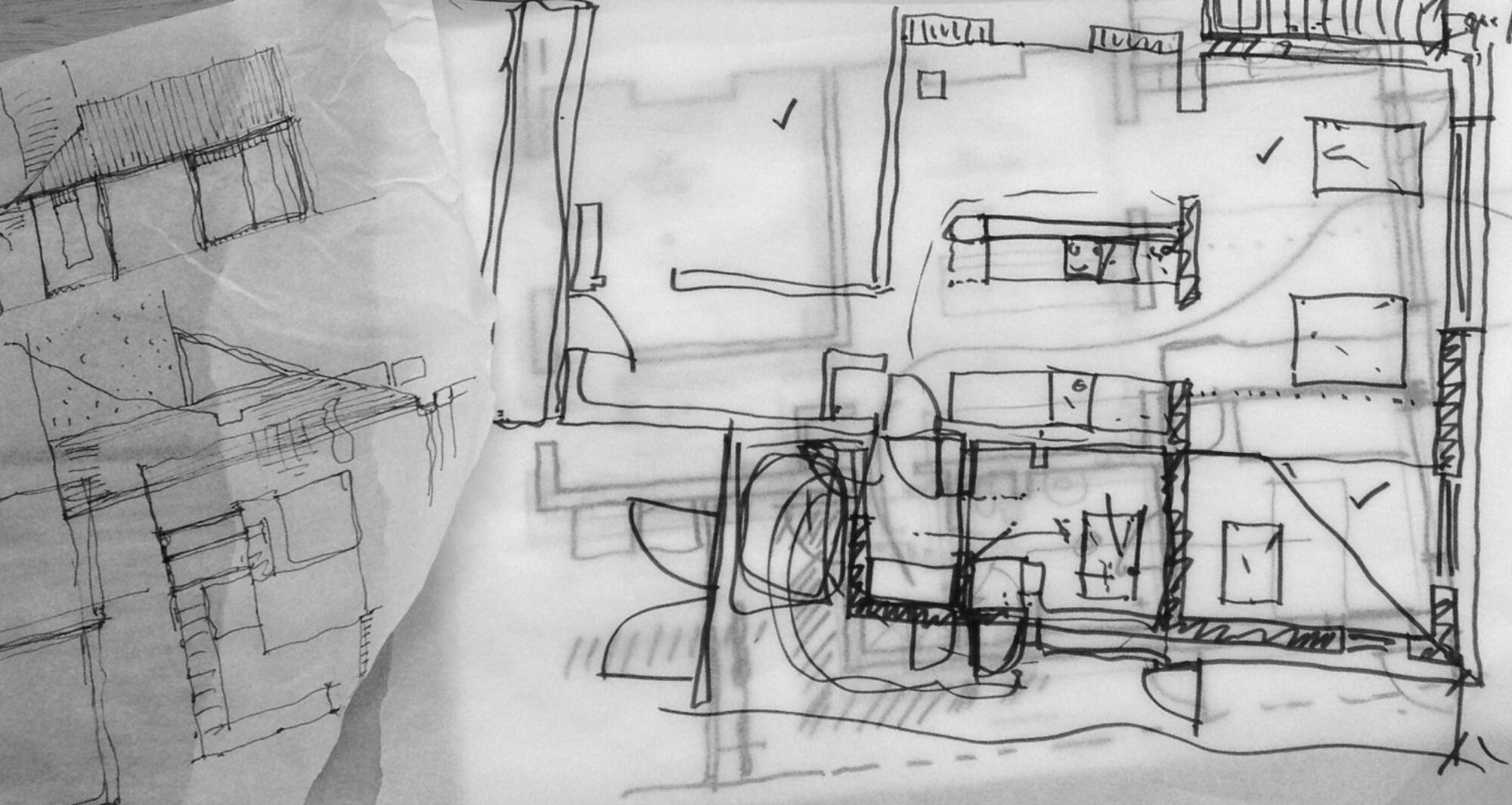
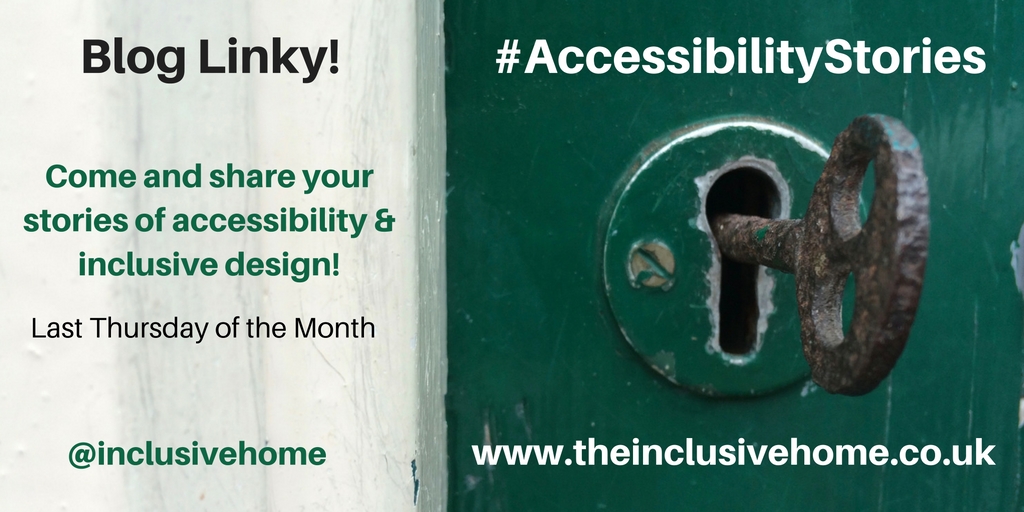
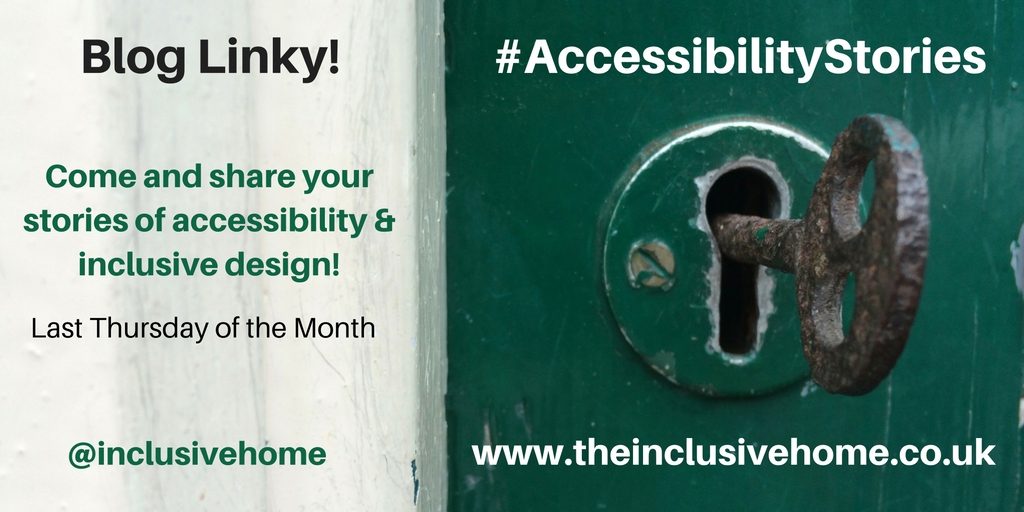
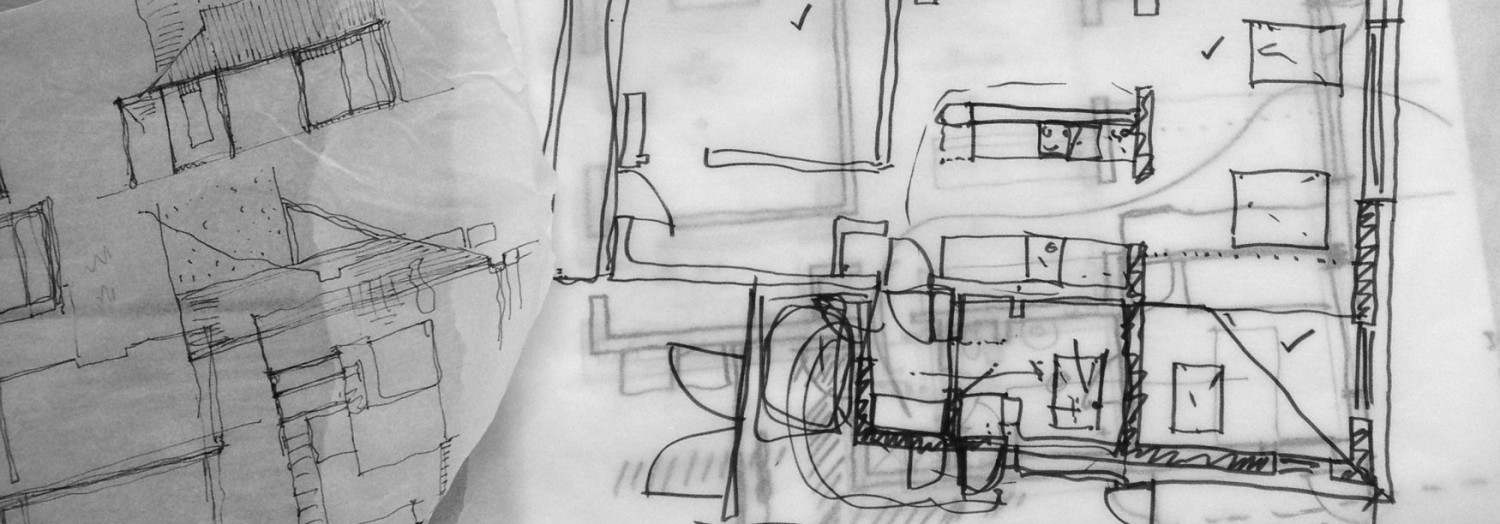
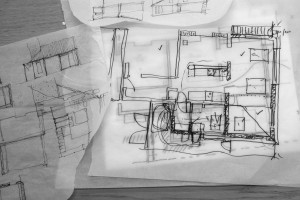
 Somehow the idea that inclusive design (or even better accessible or universal design) is of benefit to us all, isn’t being embraced! I guess if you are young and fit it’s easy to be oblivious as to how our environment and buildings can make life difficult (or even impossible) for some people, but if you get injured and have to use crutches or a wheelchair, or even try to push a pram or wheel a large suitcase around, the environment can suddenly appear very inhospitable.
Somehow the idea that inclusive design (or even better accessible or universal design) is of benefit to us all, isn’t being embraced! I guess if you are young and fit it’s easy to be oblivious as to how our environment and buildings can make life difficult (or even impossible) for some people, but if you get injured and have to use crutches or a wheelchair, or even try to push a pram or wheel a large suitcase around, the environment can suddenly appear very inhospitable.


